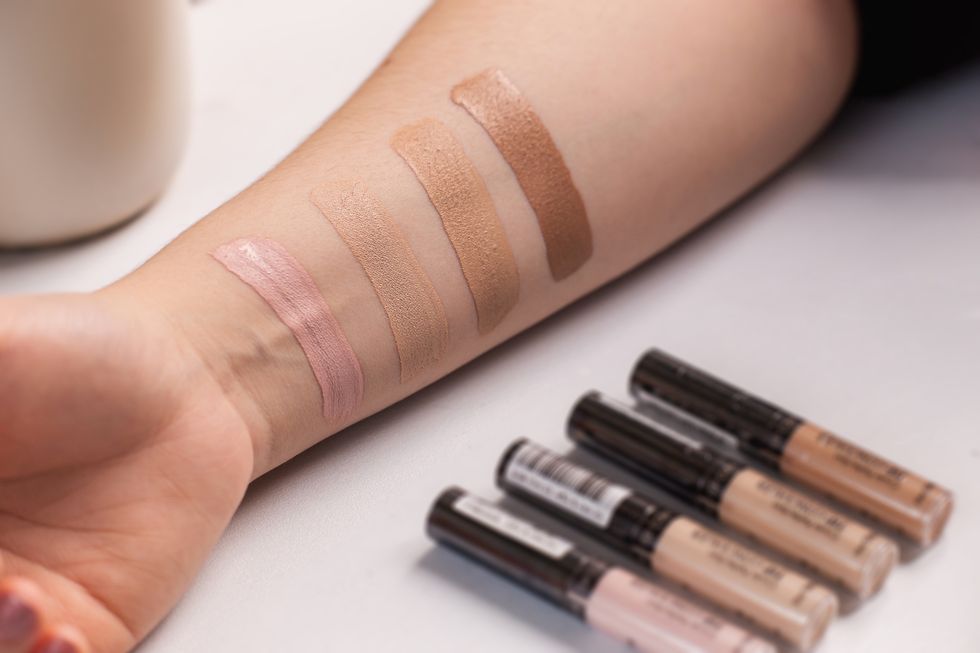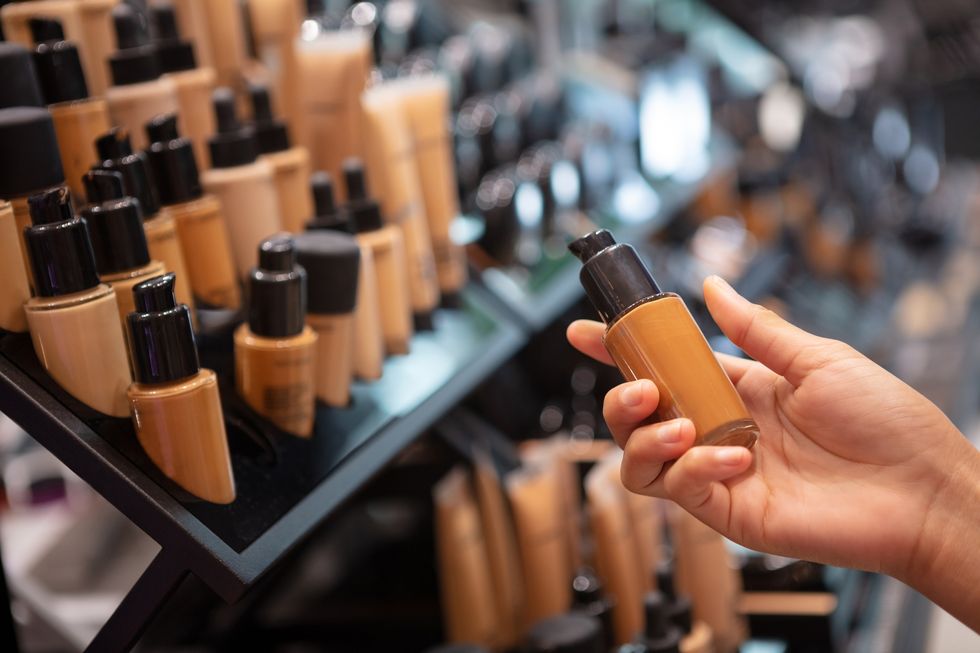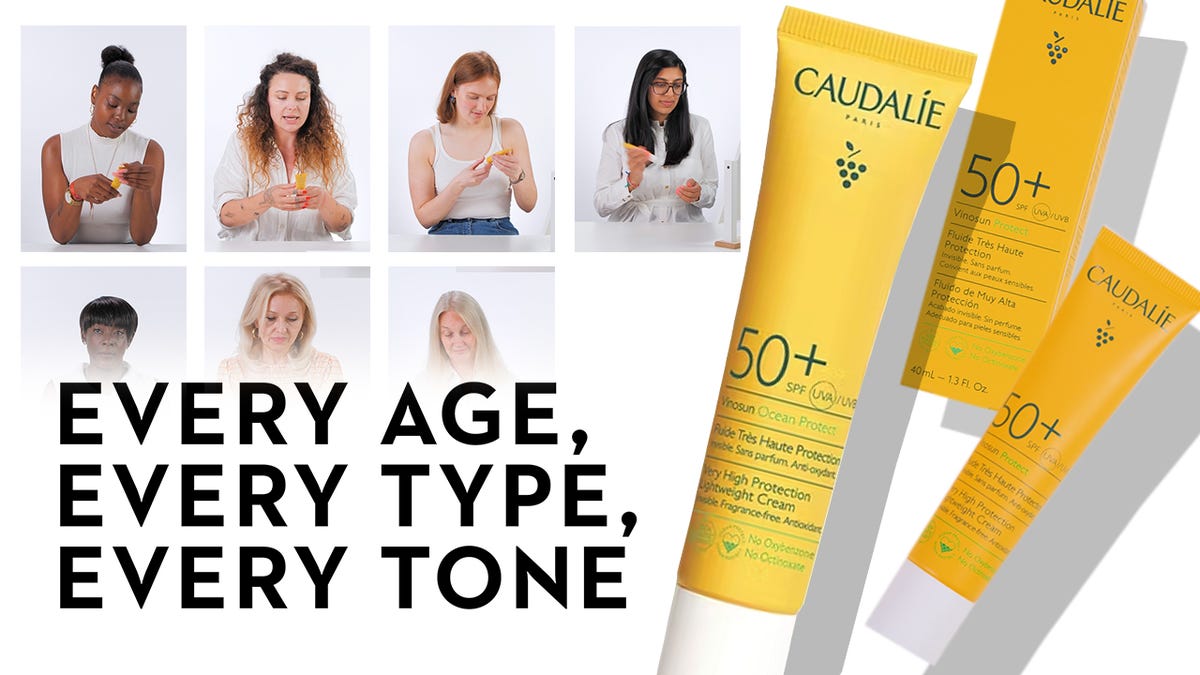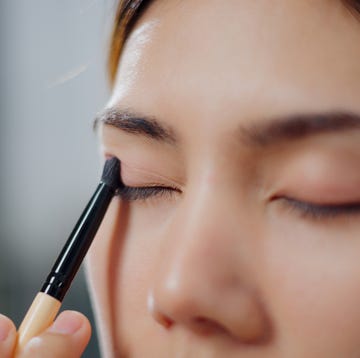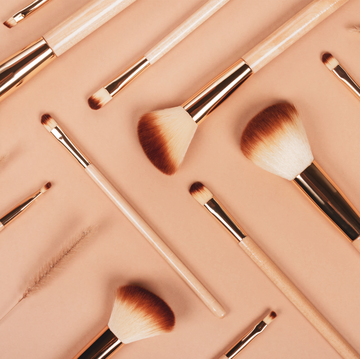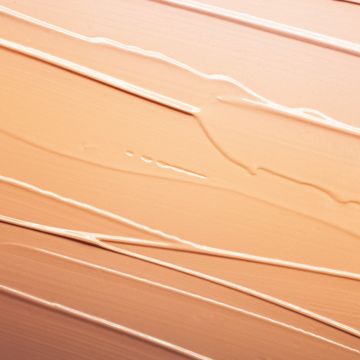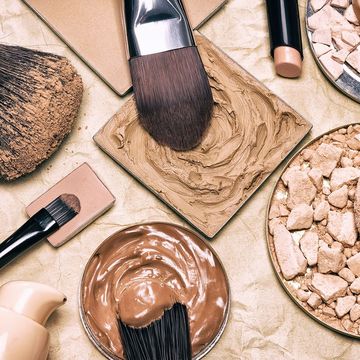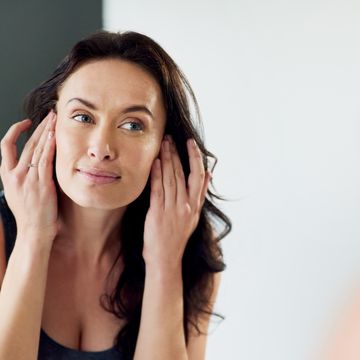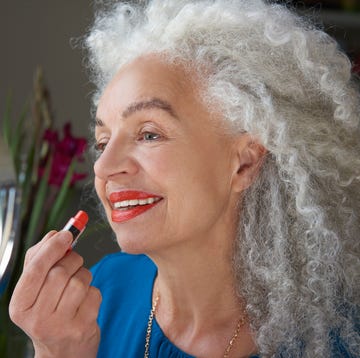Love Good Housekeeping and want more of our Triple-Tested recipes, home tips, fashion and beauty inspiration and so much more delivered to your inbox four times a week? Sign up to our FREE weekly newsletters, sit back and enjoy!
Finding the perfect foundation match is one thing, but have you taken into consideration your skin's undertone? Most of us won't have, and to get your foundation to look truly flawless, the base tones of your skin need to be taken into consideration.
We spoke to Bobbi Brown pro makeup artist, Aimee Morrison, to break down what that actually means, and how to tell what yours is.
Starting with the basics she explains that undertone is, "the permanent, underlying colour that your skin tone casts: cool, warm or neutral," while skin tone is, "the colour you see on the surface of your skin: fair, light, medium, olive, dark or deep."
Getting both right in your choice of foundation avoids skin looking ashy, grey, too yellow or too orange.
Aimee explains that the three main undertones are: "Cool, which includes pink and bluish hues; warm, which ranges from peach to yellow and golden; and neutral, which has a mixture of both warm and cool tones."
One of the biggest mistakes people make with their foundation is to assume that pale skin means a cool undertone and olive means warm, warns Aimee. "It’s a total myth that fair skin tones have cool undertones and darker skin tones have warm undertones," she explains. "Different undertones can be seen across all skin tones."
Before we get started with the tests to find your own, Aimee explains how different undertones may appear in different skin:
- Cool undertones appear pink/ blue in a fair skin and moving into medium and deep skin tones can appear purple/red.
- Warm undertones appear yellow in a fair/light-medium skin and can appear more peachy/golden in medium-dark/deep skin tones.
- Neutral undertones have a mix of both cool and warm tones and olive tones are usually seen.
Finding your undertone: The colour of your veins
Take a look at the veins on the inside of your wrist or on top of your foot. Do they appear more blue or green? If your veins appear more blue, you’re cool-toned but if you see more green, you’re warm-toned. If you see a fair amount of both both green and blue, you have a neutral undertone.
This is easier to see on paler skin tones and isn't the best test for those with deeper skin tones.
Finding your undertone: The white t-shirt test
"Another great undertone test is to wear a white T-shirt or dress," says Aimee. "If your skin looks a touch rosy against the white, think cool-toned; if your face looks more yellow against it, think warm-toned; and if you don’t really see a change, most definitely think neutral-toned."
Finding your undertone: The jewellery and clothes you're drawn to
Do you look best in gold, silver or rose gold jewellery? Aimee says if you love to wear silver it’s common for you to have a cool undertone, whereas if you look better with gold jewellery, it's likely you have a warm undertone.
If rose gold suits you best, or you look good in both silver and gold jewellery, she says the chances are you have a neutral undertone. Though remember, personal taste, fashion and budget will all play a big part in which you choose to wear.
The same can be said for clothes. Have you ever thought that certain colours look better on you? Or get complemented every time you wear a particular shade? If you find yourself opting for earth tones, such as yellows, oranges, red and olive-green, you’re probably warm-toned. If you prefer jewel-tones such as blues, emerald-greens and purples, for flattering your complexion, you’re most likely cool-toned.
Finding your undertone: How your skin reacts in the sun
When you’ve spent time in the sun, how does your skin react? Aimee says this can help you gauge your undertone. "If you turn pink or burn easily in the sun you likely have a cool undertone, if you tan easily and go golden quick you will have a warm undertone, and if you burn a little but tan too you most likely have a neutral undertone."
Finding your undertone: Try a swatch test
And the most reliable test, if you're shopping in person, is this: Find two different makeup brands that categorise their foundations by undertone as well as shade (look out for letters or words like cool/warm c/w alongside the shade name/number, as with our GHI picks above). At the first counter, pick out a few foundations that are close to your skin tone but differ by undertone (for example, one medium light foundation with neutral undertones, another with warm undertones, and one more with cool undertones). ‘Swatch’ these shades by applying three small patches in a row along the inside of your forearm (cool, then neutral, then warm) then do the same with the second brand, in the same order.
Look at your swatches in artificial light and again in the daylight. Try not to think about which shades look ‘too dark’ or ‘too light’, but which two columns look too pink, orange or yellow against your skin, and which column is harder to identify as ‘too’ anything. That third column – the one that is least different to your skin tone – will tell you which undertone you are.
If you still aren't sure, you can add another brand as a third row. There's nuance to undertones and just because it's your undertone group doesn't mean they will be the perfect shade for you, but they can help you figure out where your undertone sits.
What we’re reading now
- How bestselling One Day author David Nicholls actually writes, and his number one piece of advice before you start.
- “I’m a marathon runner and this is the kit that never lets me down”. The is the best running kit, as rated by our Good Housekeeping Institute writer.

